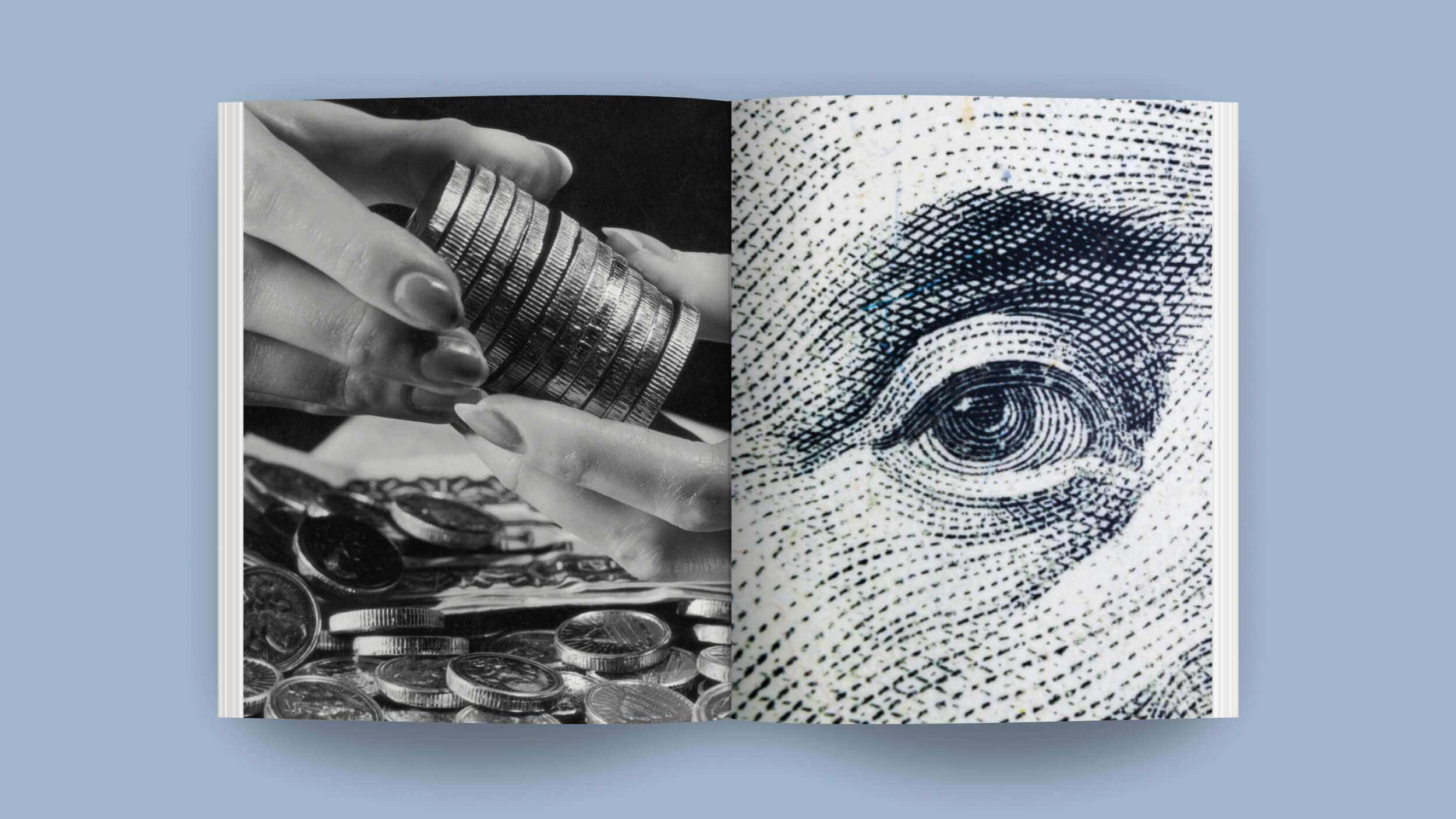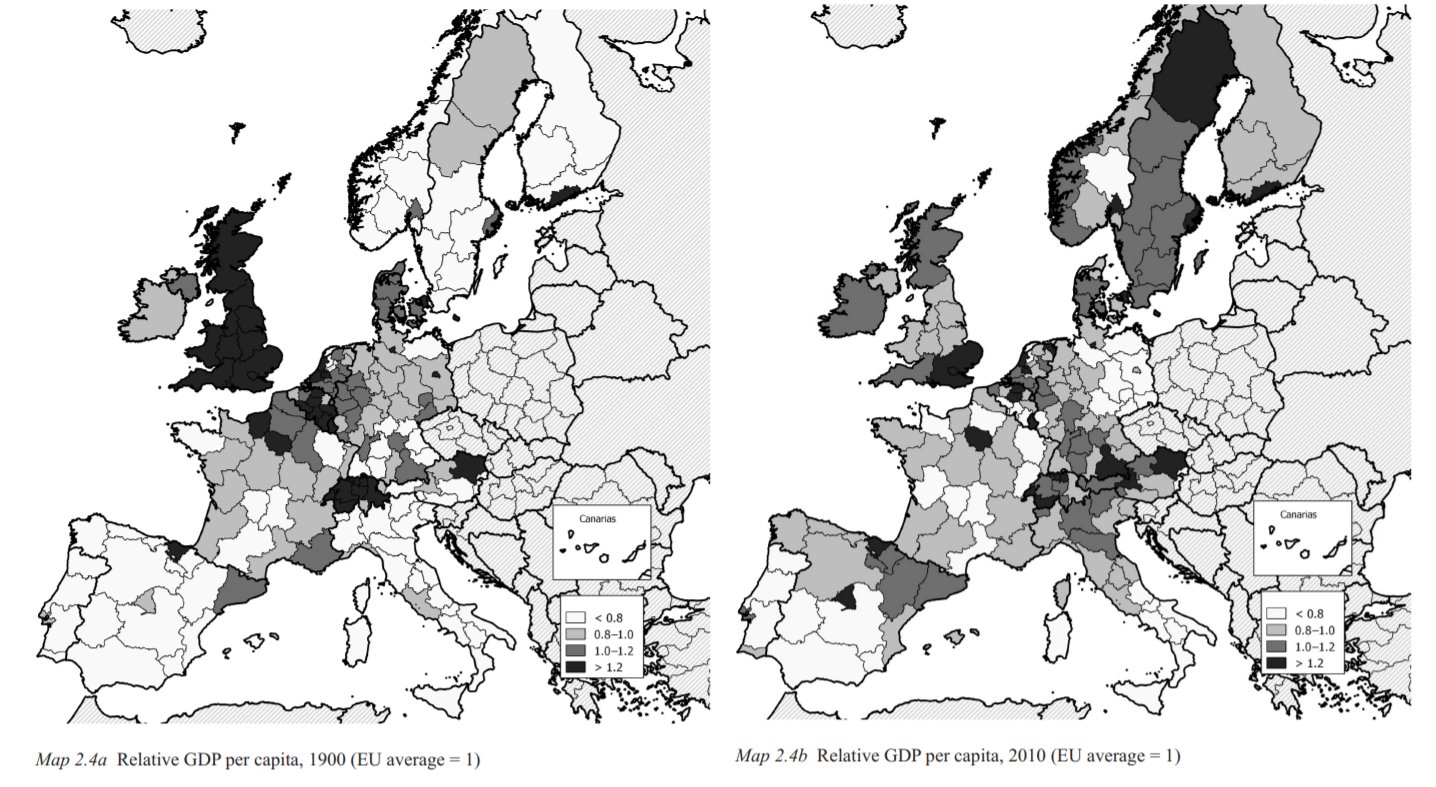Capitalism should let the rich get rich and let the poor get a little richer too, Kohut says.
Andrew Kohut: Yeah. I mean there have always been two Americas. And haves and have nots per se is not a bad thing. I mean one of the ways in which capitalism works is hopefully a rising tide lifts all boats, and rich people are rich . . . there are some people who are rich and some people who are poor. But the way it should work is that when the rich get richer, the poor should get a little richer too. And the concern is that that . . . that . . . that that is not happening. And I’m not an economist. I’m not an expert on these sorts of things, but I do see . . . You just have to look at the . . . You just have to look at the real wage gains, and they haven’t been coming. You have to also look at the fact that, you know, the bottom quartile, the bottom quintile remains pretty poor. Now to put that into some perspectives, the bottom quintile in the United States still owns a lot of stuff and still does relatively well to the bottom quintile of most parts of the world. But given who we are, and given what this country is, and given what the wealth is at the top end, it would be great if . . . if . . . if . . . if that . . . if that were . . . that would not be the case.
Question: How to the American people see the income gap?
Andrew Kohut: Well I mean on these issues there is a great deal of concern about haves and have nots. There’s a larger percentage now than in the 1980s – a much larger percentage saying that this is a have-have not society. When we first did this survey, we compared it with public opinion in Britain in the late 1980s. And 70 percent of the Brits said, yeah, that describes Britain. And only about 40 percent or 30 percent of the United States . . . of the public in the United States said that. Now it’s up to close to 50 percent. So I think there is a fair agreement and a fair assessment on many of these issues.
Recorded on: 9/14/07






